From Grid Feed-in to Systematic Consideration of Grids: Challenges of the Energy Transition
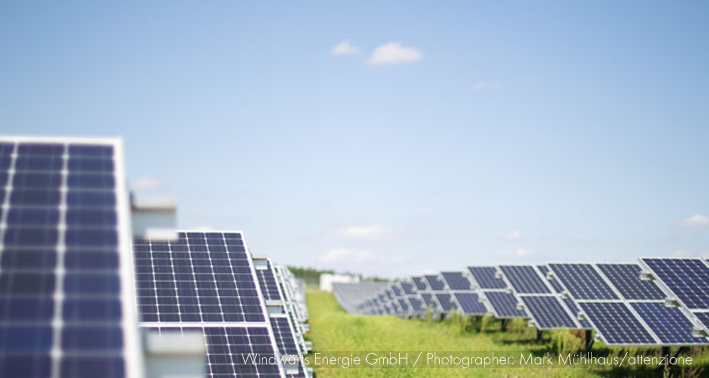
In accordance with the Energy Concept 2020, the German Federal Government plans to generate over 35% of power from solar, wind and biomass sources. By 2050, 80% of electricity should be provided from renewable energy. The majority is to be provided by solar energy, which is fed into the utility grid by PV plants.
Accordingly, we are tackling the challenges associated with feeding PV energy into our distribution grids.
Our 5-Point Program for Secure Grids
Traditionally, the power supply grids are designed for a flow of loads from the major power plants of the power companies through the transmission grids into the distribution and local grids. With a very large number and high power of PV plants in low-voltage grids, voltage increases can result due to a flow of power towards the superordinate utility grids. Thus, decentralized generators like PV plants can cause the voltage in distribution grids to increase above the currently permitted 3% of the nominal voltage*. As a result, the absorption capacity of the grids for further decentralized generation can be reached. Classic measures currently implemented in practice to increase the absorption capacity include e.g. the complex and expensive expansion of grids with additional or new cables.
1. Focus on the Grids
In order to prevent this, SMA analyses the utility grids precisely and examines the influence of various measures via the inverters in PV plants. This is done using grid-absorption capacity influence analysis. This analysis simulates the effects feed-in from PV plants has on voltage and the stress on components (cables, transformers etc.) in any low-voltage grids. The number of the simulated PV plants in the respective grid (penetration) is increased by realistic random additions at the grid connections. The statistical distribution of the maximum amount of PV power that can be installed before an excessive stress of the grid occurs is then analyzed.
2. Voltage Stability Using PV Inverters
The voltage increase in distribution grids can be counteracted specifically by system services provided by PV plants. Reactive-power capable PV inverters can decrease the voltage changes at the transformer and line inductivity, thus permitting local intervention directly at the source of the voltage increase. Here, the inverters reduce the voltage in the entire grid section. The advantages are clear: a controllable PV inverter is an effective measure which automatically takes effect as the number of installed systems increases.
The analysis of the measures described here is a key component of the joint research project PV-Integrated funded by the German Federal Ministry for the Environment, Nature Conservation and Nuclear Safety. The focus is on the voltage stability and the operation of low-voltage grids with many PV plants, and in which SMA plays a central role, together with project partners from research and grid operators.
3. Voltage Stability with Controllable Distribution Transformers with OLTC
Controllable distribution transformers with OLTC allow the voltage in the low-voltage grid to be changed independently of the voltage in the medium-voltage grid, which means that they can control the voltage for the entire local grid, regardless of its topology and the feed-in by decentralized generators. In addition to their robust and maintenance-free structure, controllable distribution transformers with OLTC are a highly potent measure, which can be used especially, especially effectively in grids with many decentralized generators. SMA coordinates the Active, Intelligent Low-Voltage Grid joint research project, also funded by the German Federal Ministry for the Environment, Nature Conservation and Nuclear Safety, which developed a controllable distribution transformer with OLTC and expanded it to form an intelligent local grid station to optimize the operation of the low-voltage grid in conjunction with intelligent inverters. These measures are a step towards controlling the voltage and the operational management of the grid.
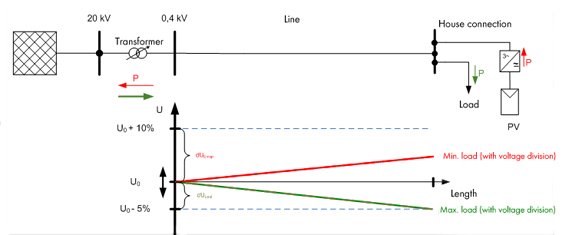
Figure 2: Voltage stability with a controllable distribution transformer with OLTC. The voltage at the distribution transformer can be kept so low at any time that a higher voltage increase at the connection point of the PV plants can be permitted. As a result, more PV plants can be connected to the electricity grid (roughly triple the power).
4. Harmonizing Generation and Consumption
A logical continuation of the idea of decentralized energy supply is to coordinate generation and consumption.
Intelligent energy management allows power generation and consumption to be coordinated optimally. With targeted monitoring and control of the energy flows in a system influenced by energy management (this can be a household, an industrial company or an entire local grid), and the incorporation of meteorological data, a total system is created. This can contribute to reducing the demand for standby power and at the same time act independently. This independence not only guarantees protection against price increases, it also points the way to the future.A logical continuation of the idea of decentralized energy supply is to coordinate generation and consumption.
5. Intelligent Interaction of Different Renewable Energies
To successfully promote the energy transition, it is not enough to simply install grid-friendly PV inverters. To an increasing extent, concepts are needed involving comprehensive analysis of all renewable decentralized generators, and which do not focus on generation alone, but instead also consider the integration of renewable energy into the overall power supply grid system.
To achieve this, we work with various partners in a variety of projects, e.g. in the working group Kombikraftwerk2.
The energy transition is complex, but with varied approaches and innovative ideas, we can move forward successfully.
* Requirement in the German Low-Voltage Directive VDE-AR-N 4105

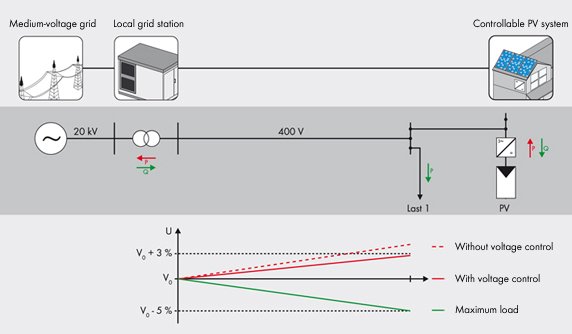
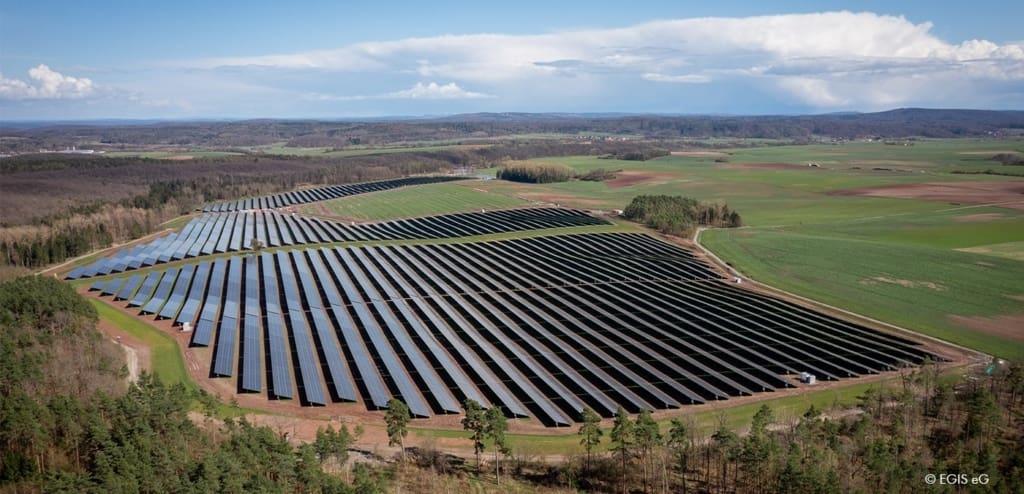
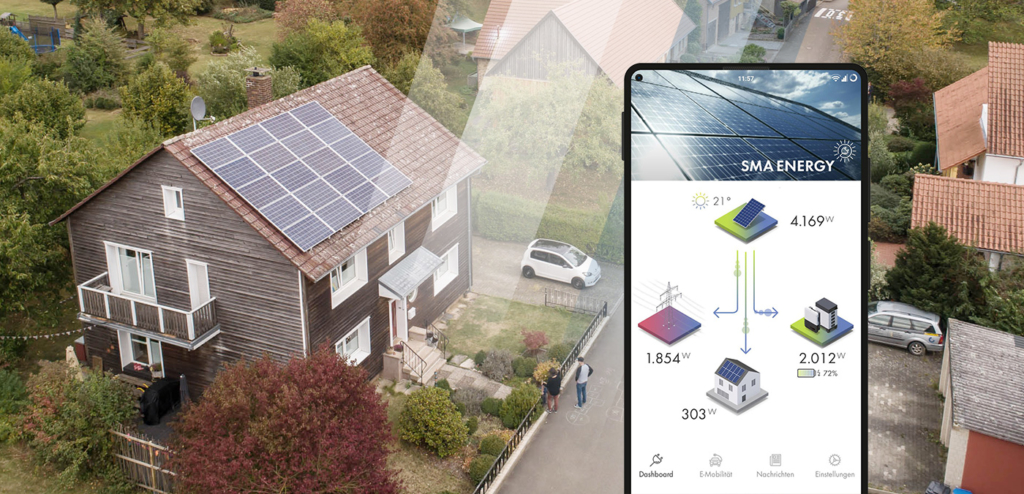
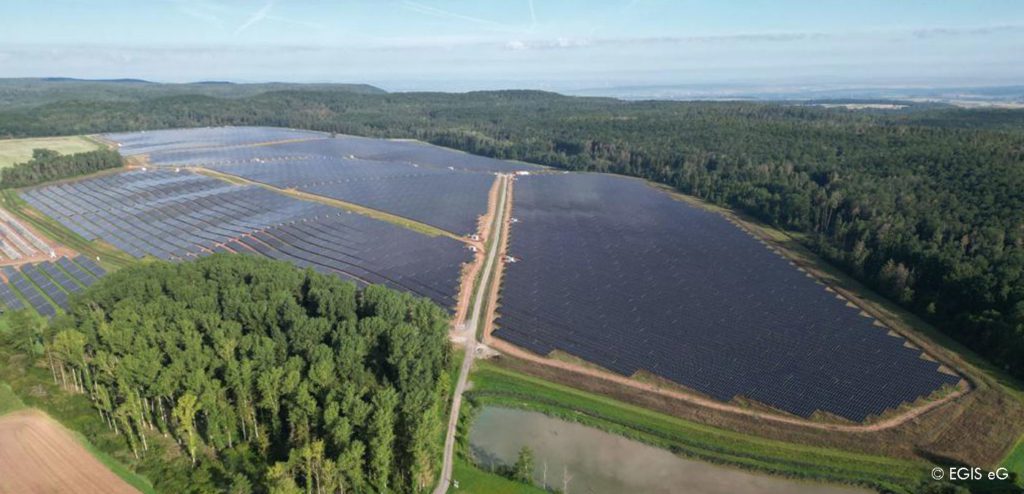
Feel free to contribute!